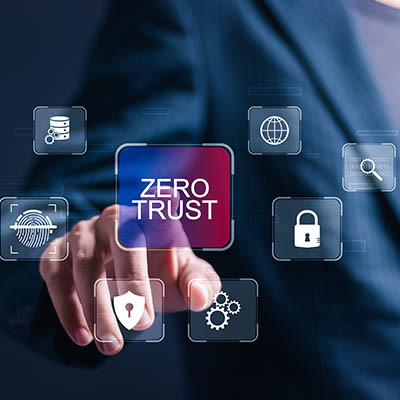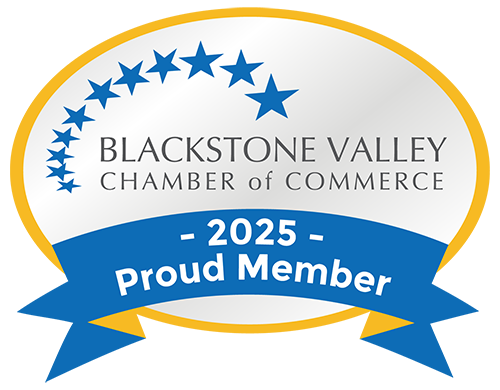JS Business Solutions Blog
Getting your organization’s file-sharing policies and procedures right can make the difference between efficient, collaborative operations and inefficient and cost-wasting ones. This can get tricky, however. In today’s blog, we’ll go through some of the best practices your organization can implement to get the most out of its file sharing.
It’s hard to tell people that “we are under attack” all the time and actually mean it. There are a couple of reasons for this. First, the more you tell people they are under threats that don’t actually affect them, the more distrust or even disdain develops for the issuer of these revelations. Second, people will never actually understand that they are under threat until something happens that proves to them that they need to be more careful.
The definition of sustainability, according to the United Nations, is “meeting the needs of the present without compromising the ability of future generations to meet their own needs.” Originally coined in 1987, this definition has fueled businesses' efforts to work toward their own versions of sustainability, as per their service models. Let’s look at some ways you can make your own operations more sustainable.
With the threat landscape littered with companies that don’t take their IT security seriously, it's hardly surprising that many are embracing what's known as a zero-trust policy to fortify their security measures. What exactly does zero-trust entail, and why does it prove so formidable in thwarting potential risks for your enterprise? Let's delve into this topic in today's blog post.
Oftentimes, a technology issue has less to do with the technology itself and more with the one using it. User error is simply one of the biggest reasons why technology support is asked for, and it’s such a common occurrence that it leads to many users becoming the butt of jokes among IT workers. People who provide IT support must practice empathy and understanding rather than foster this antagonistic mindset amongst teams.
Concerns over operational expenses, particularly regarding technology, weigh heavily on many business owners. For some, these expenses can spiral out of control, leading to financial problems in vital areas of the organization. Every business needs to ask how it can rectify its IT spending to bring on a culture of overall improvement.
Your customers—both those you currently work with and those you have yet to onboard—are the key to unlocking your company’s potential. Therefore, it stands to reason that you’ll want a solution in place to help you manage the interactions you have with potential customers. This is what a customer relationship management tool, or CRM, is all about. With the right CRM, you can fully leverage your organization’s customer base to maximize profits and attract new leads.
Chances are, some of your employees operate outside the traditional office setting, whether it's occasional remote work or a permanent setup. Consequently, your business needs to furnish your team with the necessary tools and resources to ensure their success. It's a good practice to carefully evaluate the technology you provide, particularly for those who work remotely part-time, and to strategize how your team will access these resources.
One of the most dangerous types of threats is the many phishing scams you and your employees could fall victim to. While it might be tempting to poke fun at the people who succumb to seemingly obvious phishing attacks, the reality of the matter is that some phishing attacks are anything but, and they are only growing more sophisticated over time.
Managed IT services are a great way for your business to save money, but what specifically do these types of services do to have such a profound impact on your budget? The impact stems from three primary causes: a reliable level of service, a proactive stance on maintenance and management, and access to professional technicians with decades of expertise.
Are you finding that some of your younger hires aren’t sticking around nearly as long as you’d prefer them to? There’s a good chance that these employees are experiencing a relatively recent phenomenon called “shift shock,” the latest workplace trend focusing on employee engagement and satisfaction. Let’s examine shift shock and how to avoid its impacts in your business.
In business, the worst thing you can do is take your eye off the prize. Unfortunately, it’s pretty easy to do. There are a litany of reasons that business owners can get distracted and lose focus. In this week’s blog we thought we would go through three technology-related issues that many businesses run into that can put your business in jeopardy.
Let’s face facts: regardless of how one spends their time at home, there really is no reason the vast majority of today’s workers would ever need the Xbox Game Bar application on their work device… and yet, there it is. Thanks, Microsoft?
This is an example of what is known as “bloatware”—unwanted software added to an operating system to help the developers, oftentimes to make a few extra bucks.
Your business will not remain the same throughout its lifecycle, and as such, you need the services you utilize to be capable of changing with it. This is where it helps to have the flexibility and scalability of a managed IT provider on your side. Let’s go over why flexible technology is the path forward for SMBs like yourself and how you can take full advantage of the range of services an MSP can offer.






















